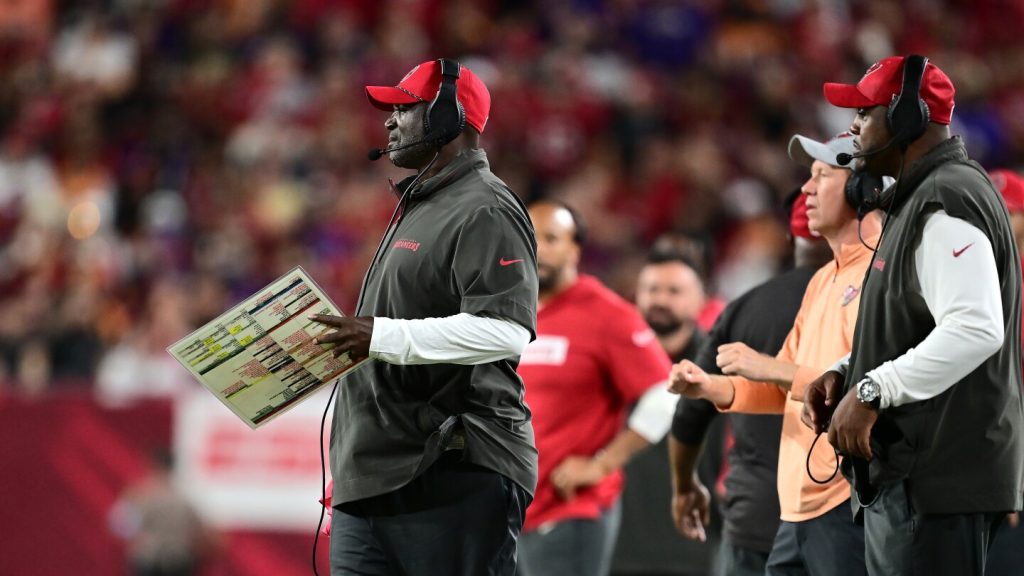Analyzing the Buccaneers’ Decision-Making in the Ravens Game
Monday night’s showdown between the Ravens and the Buccaneers presented a wealth of situations that warranted deeper analysis. One particular moment went unmentioned during the live broadcast but sparked considerable discussion on Tuesday’s PFT Live san miguel manila.
With just 3:49 left on the clock and the Buccaneers trailing 41-18, they managed to complete a 70-yard drive that culminated in a touchdown, narrowing the score to 41-24. However, they opted to go for a two-point conversion, which ultimately failed.
To completely erase the 23-point deficit, the Buccaneers needed two successful two-point conversions. However, the decision to go for two after reducing the score to a 17-point gap appeared to be more strategic warriors schedule philippine time. A successful conversion—whether it earned one point or two—would have transformed it into a two-score game, leaving them with a fighting chance. Conversely, failing the attempt maintained the challenge as a three-score deficit.
If they had kicked the extra point to bring it to 41-25, the next touchdown—a feat they accomplished following an onside kick recovery—could have potentially set them up for a more manageable one-score game, provided they executed a successful two-point conversion on their next attempt.
While a failed two-point conversion would have left the Bucs trailing by 10, it also would have pressured the Ravens, who are known for occasionally losing significant leads. Had this scenario played out, how tight would the Ravens have felt during their last drive geje? And on the other hand, how liberated would the Buccaneers have been, realizing they had seized the momentum and could rally from a 34-10 deficit to potentially force overtime?
As Devin McCourty pointed out on PFT Live, it’s intriguing to consider how both teams approach critical moments like the one the Buccaneers faced after their touchdown . Is the decision to go for two pre-planned, or is it a spontaneous choice made in the heat of the moment? Who ultimately makes that call, and what role do coaches play in factoring in analytics and statistics? (Back when Devin was in New England, the answer was clear: follow Ernie Adams’ lead.)
No matter the reasoning behind their choice, the Buccaneers’ decision after reducing the score to 41-24 was a clear one. A one-point conversion would have shifted the game dynamics to a two-score matchup, while a failed two-point attempt kept the game as a three-score challenge. So why not opt for the safer one-point path?
While we may never know the outcome had they made a different choice, we do understand one thing: a score of 41-25 presents significant challenges for the Ravens, as opposed to 41-24. This is especially true after the Buccaneers recovered the onside kick and scored another touchdown that could have brought the score to 41-31, pending a successful two-point conversion that would have cut the lead to eight.
With three timeouts remaining, the Buccaneers would have still had ample time to regain possession and score yet another touchdown.
Could a different decision have altered the final outcome of the game? land preparation for planting vegetables

